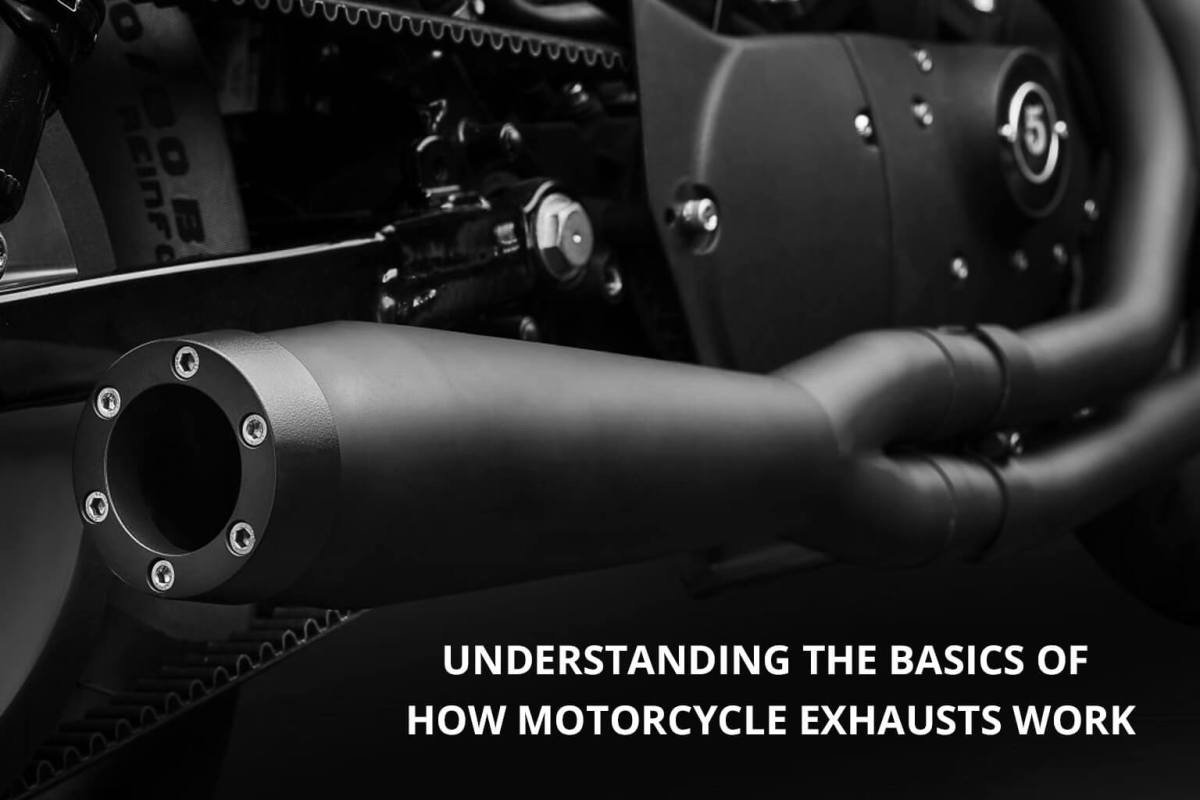The automobile was developed in a period of human history where we paid very little attention to the environmental impact of the things we did. As a result, the hazardous waste products expelled into the air by internal combustion engines were ignored. This worked for a while because there were so few internal combustion engines chugging away. As the number of automobiles exponentially increased, the danger from toxic fumes grew alongside a growing awareness of environmental concerns. The solution to the problem of these toxic gases was the catalytic converter.
The first catalytic converters came into popular use in the United States during the mid 1970s. These were two way converters used to eliminate the two pollutants that came directly from the engine – carbon monoxide and hydrocarbons.
Carbon Monoxide is deadly because our bodies can not differentiate it from Oxygen. We can breathe it and our bodies do not panic even though we are being deprived of air. A person succumbing to Carbon Monoxide poisoning simply feels sluggish and the sudden urge to sleep.
Hydrocarbons that are released by an internal combustion engine are simply remnants of the fuel that did not get completely burned. These remnants are the visible particles that we all think of when we imagine a vehicle with poor emissions. While certainly deadly to people, they are less of a danger than Carbon Monoxide in that we can detect and try to avoid breathing them. The larger danger of Hydrocarbons is to the environment. Once in the atmosphere, these pollutants are responsible for phenomena like acid rain and smog.
Catalytic converters use a chemical process to convert these harmful chemicals to the more benign Carbon Dioxide and water vapor.
Scientists eventually realized that two way catalytic converters were inadequate because engines produce a third pollutant – Nitrogen Oxides. These Oxides are created when the heat from the combustion process forces Nitrogen and Oxygen to combine in a process similar to the operation of a catalytic converter.
Modern catalytic converters are three way, in that they function to eliminate all three classes of pollutant. The catalyst, or material used to make this conversion, is usually palladium or platinum. The current three way catalytic converter has become standard for decades now. With growing concern over the amount of Carbon Dioxide found in the atmosphere, it is very likely that scientists and engineers will try to further increase the effectiveness of catalytic converters to convert Carbon Dioxide to a different compound.
Main Source: This Post “How Catalytic Converters Helped Transform Automotive Pollution” appeared first on “Muffler & Exhaust Tips“










